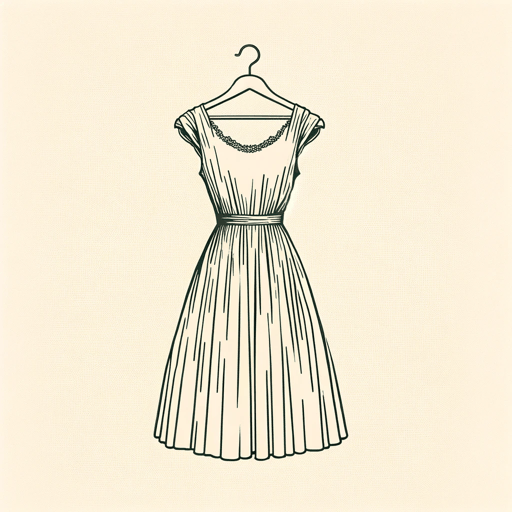24 pages • 48 minutes read
Virginia WoolfThe New Dress
Fiction | Short Story | Adult | Published in 1927A modern alternative to SparkNotes and CliffsNotes, SuperSummary offers high-quality Study Guides with detailed chapter summaries and analysis of major themes, characters, and more.
Summary and Study Guide
Summary: “The New Dress”
“The New Dress” by Virginia Woolf was meant to be an early chapter of the author’s novel Mrs. Dalloway, published in 1925. Woolf omitted the material from the novel, however, and instead published it as a short story in 1927. The story is a stream-of-consciousness narrative told from the point of view of the main character, Mabel Waring. The extreme interiority of the story and lack of a significant plot is characteristic of literary Modernism, in which the protagonist’s psychological landscape becomes the focus of the story.
The reader is exposed to a stream of Mabel’s thoughts without an introduction to who she is. Mabel’s thoughts slowly reveal the setting of the story and the causes of her anxiety. She arrives at a party where she removes her cloak and suddenly panics about whether she is dressed well enough. Her worries escalate as she greets the hostess, Clarissa Dalloway.
Mabel sneaks to a quiet part of the house to look in a mirror. She feels dissatisfied and connects the feeling to a sense of inferiority that she has experienced since childhood. She thinks back on a dress fitting and her relationships with family and friends, but each thought returns to the question of whether her current dress is good enough for the setting.
The pressure isolates her. While Mabel is surrounded by peers, she cannot engage in conversation outside of her interior monologue about failing to live up to the standards of appearance of those in the room. She begins to feel that she looks inferior compared to everyone else, even compared to the house’s décor.
Mabel thinks about the sequence of events that led to her being at the party: the experience of receiving the invitation and then worrying about what she would wear. The party inspires her to use an old design from her mother’s fashion book as a model for a new dress. She feels satisfied that she spent time and money on making herself something new. But now that she is at the party, this satisfaction is diminished by a rush of contradictory emotions. What she had thought was a lovely dress now seems shabby. She critiques the dress piece by piece, from the color to the style of the skirt and sleeves.
Whether Mabel expresses her anxiety aloud is unclear, but Rose Shaw approaches and tells her that she finds her dress charming. Mabel finds the compliment to be false, however, and gains little comfort from it.
Mabel begins to fixate on the image of a fly trying to get over the edge of a cup. She considers various scenarios of flies getting caught or stymied. She imagines flies trying to crawl with their wings stuck together—straining and working but never succeeding. Extending this metaphor, Mabel compares herself to a fly and the other partygoers to more elevated insects like dragonflies and butterflies.
When Mabel expresses aloud the comparison of herself to a “dingy old fly” because of her dress (Paragraph 6), a partygoer, Robert Haydon, assures her she looks fine. Mabel recalls her time with the seamstress Miss Milan, how much work it took to make the dress, and even how pleased she’d been working with her to create it. When Mabel returns her attention to the party, however, her insecurity rushes back. She feels dowdy and angry at herself for being so self-conscious.
While most of the story takes place within Mabel’s mind, now and then she speaks her anxiety aloud. She expresses her unhappiness with her dress again, and a man named Charles responds by mocking her. Mabel’s confidence diminishes, and she becomes even more interior, now thinking back to her low-income family and life as a self-perceived lackluster wife and mother. She works her thoughts into such a frenzy that she resolves to transform herself into someone who doesn’t care about clothes or the opinions of others—but the resolve is short-lived. She tells Mrs. Dalloway she enjoyed herself, but in truth, she didn’t speak one sincere word to anyone at the party. She waves to Charles and Rose, and the story ends with her focusing on the old cloak that she puts on to leave.
Related Titles
By Virginia Woolf

A Haunted House and Other Short Stories
Virginia Woolf

A Room of One's Own
Virginia Woolf

Between The Acts
Virginia Woolf

How Should One Read a Book?
Virginia Woolf

Jacob's Room
Virginia Woolf
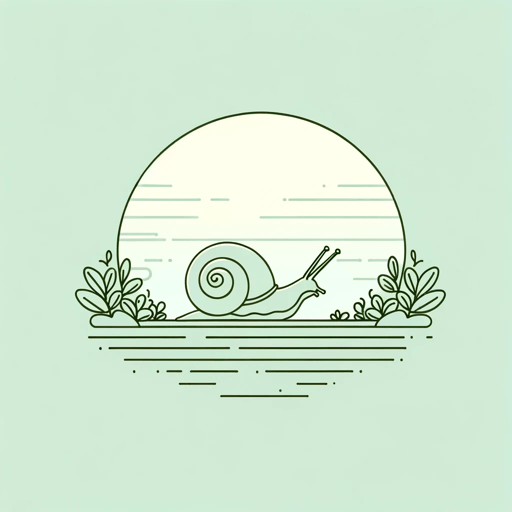
Kew Gardens
Virginia Woolf

Modern Fiction
Virginia Woolf

Moments of Being
Virginia Woolf
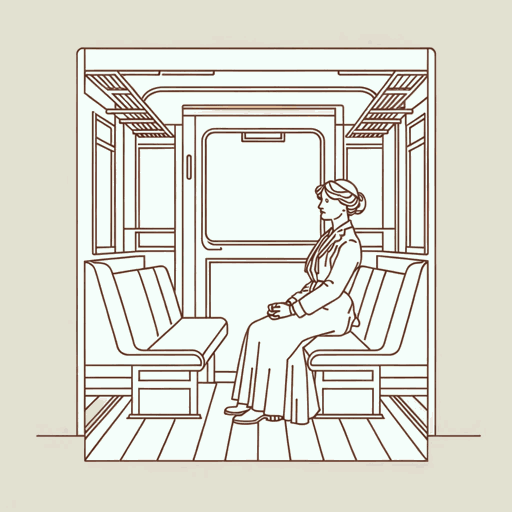
Mr. Bennett and Mrs. Brown
Virginia Woolf
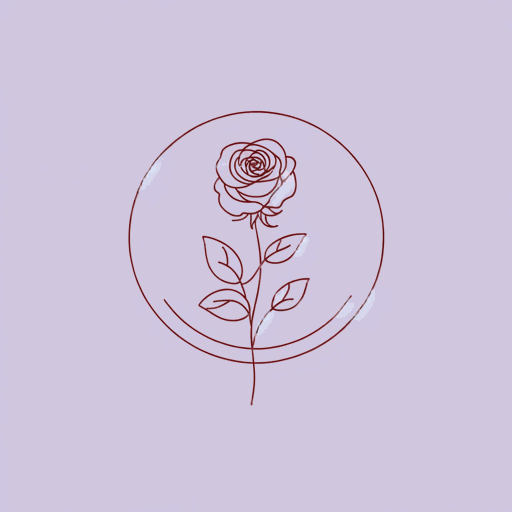
Mrs. Dalloway
Virginia Woolf
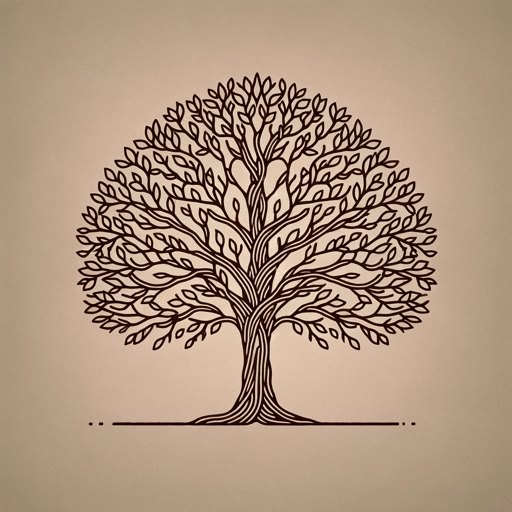
Orlando
Virginia Woolf
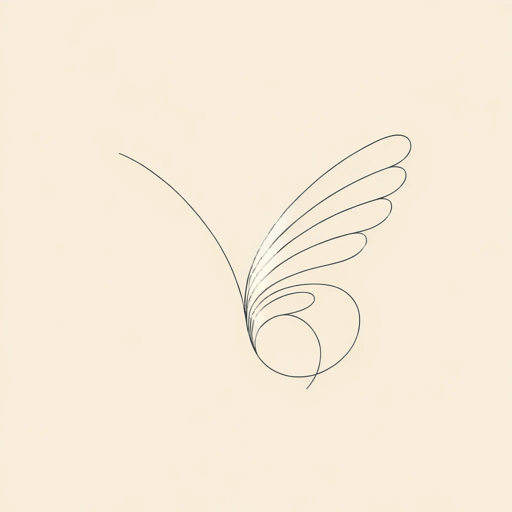
The Death of the Moth
Virginia Woolf
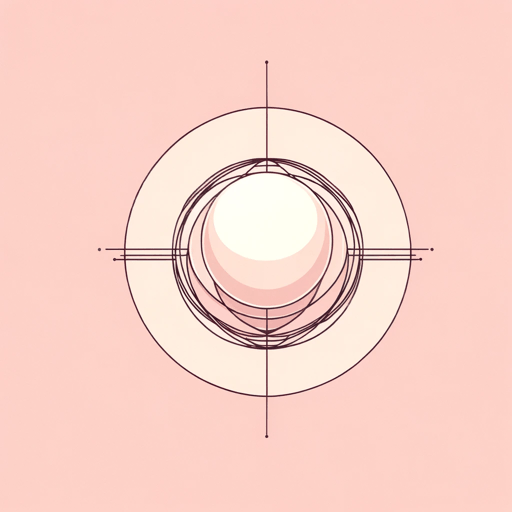
The Duchess and the Jeweller
Virginia Woolf
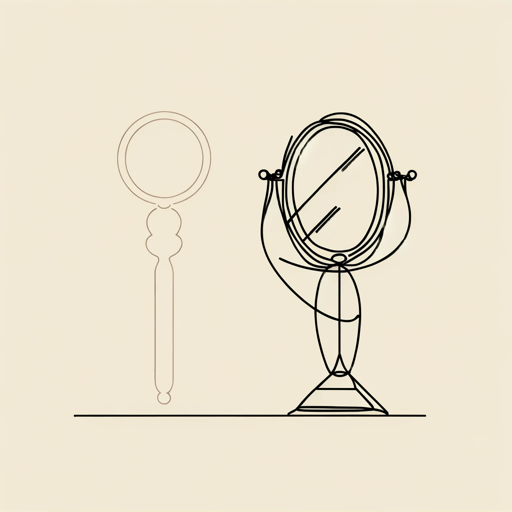
The Lady in the Looking Glass
Virginia Woolf
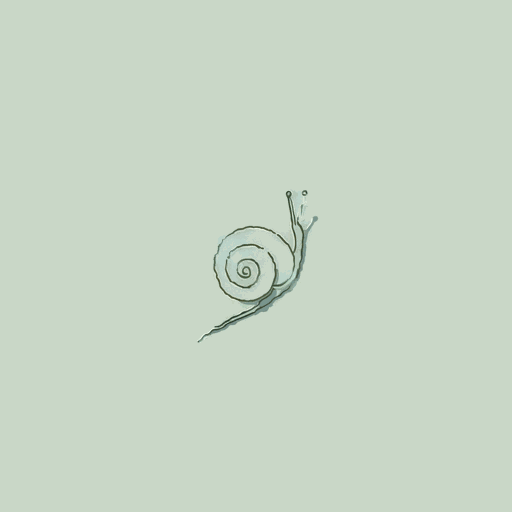
The Mark on the Wall
Virginia Woolf

The Voyage Out
Virginia Woolf

The Waves
Virginia Woolf
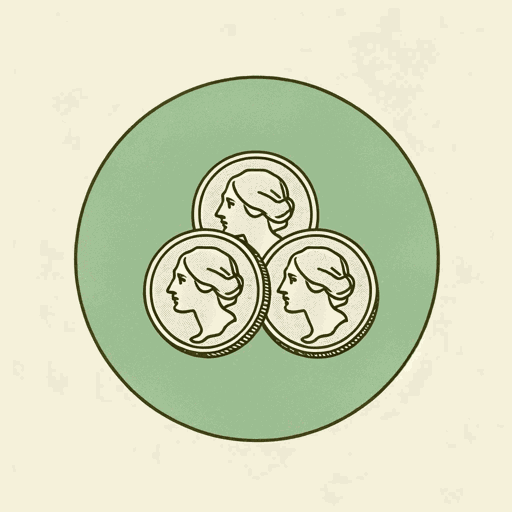
Three Guineas
Virginia Woolf

To the Lighthouse
Virginia Woolf
